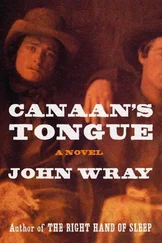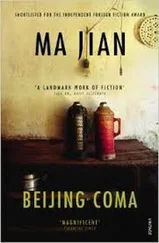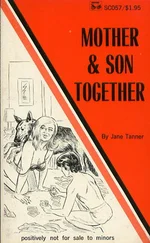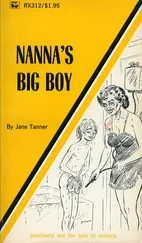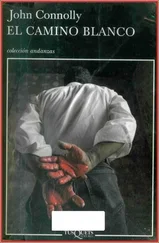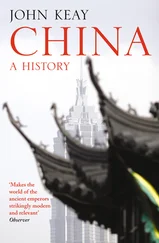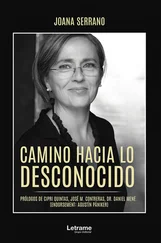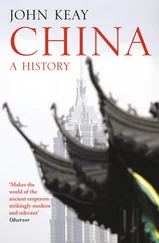The memory of the father kindled the imagination of the son. For years, Toomer kept a photograph of his father, from which he constructed a rather fanciful portrait of Nathan as a “handsome stirring,” wealthy planter from Georgia. 30And Toomer, in the drafts of an autobiography that he never published, wistfully re-creates the first and only meeting between the two. It is clear that through this anecdote, Toomer sought to recuperate his father from grandfather Pinchback’s relentless traducing. Nathan Toomer returned to Washington in 1900, six years after Toomer’s birth, and during this visit, according to Jean, he materialized before the Bacon Street house, presumably to see his son. Because he refused to pay alimony of $60 per month and the court costs of his divorce from Nina, the Supreme Court of the District of Columbia on January 20, 1899, declared Nathan in contempt. Nathan’s return to Washington, accordingly, carried with it considerable risk; he could have been arrested and jailed.
One afternoon while playing in his front yard, Toomer tells us that he found himself in the arms of a stranger he intuitively recognized as his father: “I do not know how I knew him. But, soon, I was running up the way a bit towards a large man who was holding out his arms to me. He took me in them, raised me and kissed me, and I liked him very much. He said things to me which I didn’t understand, but I knew he was my father and that he was showing how much he loved me and what a fine little man I had grown to be. He raised me high in the air, and then he saw mother come out. He lowered me, pressed a bright silver half-dollar in my hand, kissed me again, and told me to run back to her. He went off.” 31It was their first and only meeting, and it is clear that Toomer carefully nurtured this memory of his father, which uncannily recalls the first encounter between the mixed-race protagonist and his white father in James Weldon Johnson’s novel, The Autobiography of an Ex-Coloured Man (1912), a novel about passing, itself “passing” as autobiography. 32
Though he knew nothing of his father’s marriage to Amanda America Dickson, over time Toomer’s memory of his father acquired a certain luster through his inheritance of artifacts that once belonged to him: “The only worldly possessions that came to me from him were some beautiful large silk handkerchiefs, a set of small diamond shirt studs, and a slender ebony cane with a gold head.” 33While Nathan Toomer never saw his son again, in correspondence between the elder Toomer and an acquaintance, Whitefield McKinlay, of Washington, D.C., between 1898 and 1905, there is evidence of his father’s continued, genuine interest in a son whom he called in his letters to McKinlay the “Little Colonel.” 34Some years later, in the very Sparta, Georgia, that inspired Cane , the “Little Colonel” would encounter someone who had actually known his father — a barber who claimed to have some knowledge of Nathan Toomer. According to Kerman and Eldridge, Toomer asked the barber “whether his father had been regarded by the community as white or ‘colored,’” and the barber “replied that Nathan stayed at the white hotel, did business with white men, and courted a black woman.” 35Like his grandfather and his father, Jean Toomer would live in both the black and the white worlds over the course of his life, and in both worlds the act of naming and self-definition would remain an obsession with him. There is new evidence that, like the nameless protagonist of James Weldon Johnson’s novel, Toomer did in fact pass for white, as many of his black literary contemporaries assumed or believed he did.
Toomer’s uncle, Bismarck Pinchback, also played a profoundly important role in his development. Bismarck was the second of his grandfather’s three sons, along with Pinckney and Walter. It was Uncle Bis who introduced the “Kid,” as he called him, to the world of literature, science, and the life of the mind, gradually inculcating in him a desire to become a writer. Toomer lovingly acknowledged Bismarck’s role in his larger education, recalling how his relationship with his uncle transformed itself into that of master and apprentice: “Then something happened which swiftly transferred my interests from the world of things to the world of ideas and imagination. Uncle Bis and I suddenly discovered each other. He had been there all along, and his sensitivity and affection had drawn me to him…. All at once the veils of familiarity dropped from our eyes and each in his own way beheld the wonder of the other.” 36
Bismarck Pinchback, a civil servant, was an avid reader and possessed some literary ambitions of his own. According to Toomer, his uncle was his Virgil, his first nurturing guide to the far shores of the imagination. Toomer vividly recounts his uncle’s evening ritual of reading and writing in bed: “There he would get in bed with a book, cigarettes, and a saucer of sliced peaches prepared with sugar in a special way, and read far into the night. Sometimes he would write, trying his hand at fiction…. This position — my uncle in bed surrounded by the materials of a literary man — was impressed upon me as one of the desirable positions in life.” 37Bismarck was the father figure that neither Nathan nor his grandfather could ever be, and to him Toomer gives all the credit for the life of thought and feeling that he would pursue: “By nature he was far more the artist and thinker than a man of action; and, as far as possible, he evoked the thinker in me.” 38Bismarck Toomer would be the last black man whom Toomer would acknowledge as a shaping influence on the man of letters he would become.
Bismarck introduced Toomer not only to literature but also to physics and to astronomy, especially the earth’s relation to other planets in the universe. “It was all wonderful,” Toomer so fondly remembers. “And, young though I was, I was growing a sense of and forming an attitude towards my and our position on earth and in the universe. I had a new way of seeing things. This was the beginning of my world view. And for this alone I will be forever grateful to my uncle for having taken such interest in me.” Bismarck would read historical works to his nephew, as well as “myths and fables, folk tales, romances and adventures. Often he would phrase the tale in his own words and himself tell it. He liked to do this…. For myself — I eagerly absorbed them. My imagination took flight and I was thrilled to follow it into those worlds of wonder.” 39Bismarck’s gas-light tutorials in the Bacon Street house constituted Toomer’s first meaningful introduction to the wonders of learning. At a time when he perhaps most needed it, Uncle Bismarck functioned as both teacher and mentor to his nephew, and thus provided him with a means by which to apprehend his potential as an intellectual, and more especially as thinker and writer: “He was, in truth, my real teacher. In comparison with him and with what I learned from him, my formal teachers and schooling were as nothing…. I truly learned with and from Bismarck…. Our evenings together were periods of genuine education…. My mind was born and nurtured during those times with him.” 40
As we have seen, Toomer attended the all-black Henry Highland Garnet School (named in honor of the pioneering nineteenth-century black nationalist) for his elementary education, and then the famous Paul Laurence Dunbar High School, previously known as M Street High School, the District’s first public high school for African Americans, named after the famous black poet, from which he graduated in 1914. Dunbar High School was more like a black private school, an Exeter or Andover for African Americans, than a normal public school. Its teachers and students, incredibly, included several members of the Negro intellectual elite, the group that W. E. B. Du Bois would call “the talented tenth,” the “college-bred Negro.” Among its stellar alumni were the poet Sterling A. Brown, the feminist Nannie Helen Burroughs, the physician Charles R. Drew, and the lawyer and civil rights advocate Charles Hamilton Houston. (Both Brown and Houston would take advanced degrees from Harvard.) Dunbar High School’s distinguished faculty included many Ph.D.’s, such as the sociologist Kelly Miller and the Harvard-trained historian, Carter G. Woodson, along with the woman’s rights activist Mary Church Terrell, poet Angelina Weld Grimké (the niece of Reverend Francis J. Grimké, who had married Toomer’s parents), and Anna Julia Cooper, Toomer’s Latin teacher, the first African American to earn a Ph.D. at the Sorbonne. Scholars who should have been professors in the Ivy League found their best job opportunities at this public high school.
Читать дальше



